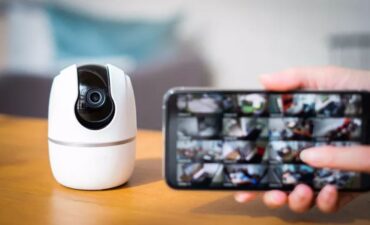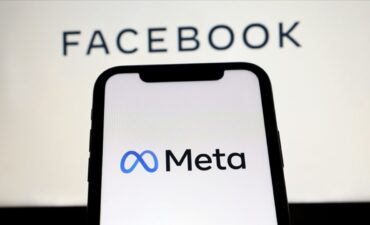Days of COVID-19 changed our relationship with tech. Consuming more tech makes eyes feel dry, gritty, tired, or strained, resulting in interfering humans’ circadian rhythms
Nowadays because of COVID-19 we are staying indoors more often. That changes our relationship with technology and we start consuming more technology. As a result we have been exposed to blue light that has been emitted by smartphones, tablets and other technological devices. So our eyes are getting more sensitive due to blue light’s damages. “Spending too much time looking at a screen can keep people from blinking as often as they should and from focusing on things at different locations. This can make the eyes feel dry, gritty, tired, or strained. The simple solution is to look at least 20 feet away, for 20 seconds, every 20 minutes,” said Prof.Dr. Sinan Tatlıpınar, Head of Ophthalmology Department at Yeditepe University Hospitals. Here is what he told me.
What is blue light emitted by smartphones and tablets? What are the characteristics of it?
First, sunlight is the main source of blue light. Sunlight contains red, orange, yellow, green, and blue light rays, and many tones of each of these colors, depending on the energy and wavelength of the individual rays. In the light spectrum, blue light is as known as “high energy visible light (HEV light)”, and blue light defined as visible light ranging from 380 to 500 nm. Smartphones, tablets, and other technological devices emit some amounts of blue light. The amount of blue light these devices emit is only a fraction of that emitted by the sun.
Why is blue light harmful?
Because blue light can interfere with humans’ circadian rhythms, making it harder to fall asleep. It can be a good idea to limit screen time before bed. Or to filter out blue light from screens before bedtime.
Spending too much time looking at a screen can keep people from blinking as often as they should and from focusing on things at different locations. This can make the eyes feel dry, gritty, tired, or strained. The simple solution is to look at least 20 feet away, for 20 seconds, every 20 minutes.
While there is no solid scientific evidence that blue light from digital devices causes damage to your eyes, there is growing concern that blue light may have long-term effects on our health. Because rays on the blue end of the spectrum have shorter wavelengths and more energy, so they may be toxic.
Maximum how many minutes should we look at smartphones and tablets?
Less is healthier! We should limit our screen time in daily basis. We can follow the rule as I have mentioned before: Look at least 20 feet away, for 20 seconds, every 20 minutes. On the other hand, because of our job, and our needs we cannot far away from our smartphones, tablets, and laptops. We should provide the balance between screen time and rest time for our eyes.
Besides sleeping disorder and depression, what type of diseases blue light might cause?
There has been not showed any evidence-based medical research that blue light from digital devices might cause besides than sleeping disorder so far. On the other hand, blue light from sun may increase the risk of certain eye disorders like cataract and macular degeneration.
Is blue light also harmful for children? What do you recommend to families in using smartphones and tablets?
Yes, blue light can be harmful for children because of its effect to sleep cycle. Please, limit screen time for your children as possible as you can. For example, 40 minutes with tablets per day. We do not recommend children to use smartphones for entertainment because small screen and less distance between device and the eyes are more harmful for visual health.
There are some researches that link increased screen time in young children to other health issues, such as:
-Attention-related disorders
-Obesity
– Myopia (nearsightedness)
Also, the American Academy of Pediatrics recommends:
-No screen time for kids until they are 2 years old (except for video chatting with apps like FaceTime or Skype)
-No more than one hour of screen time for children ages 2 to 5. This allows more time for other activities emphasizing body movement and interactive play that are fundamental to a child’s physical and intellectual development.
Would you like to support TR Technews?
Hi everyone,
I’m running Turkishtechnews.com, a website on tech developments from Turkey. I will be covering subjects ranging from startups to gadgets, digital economy to social media. I’m keen on new technologies as well. On top of those, I’m interested in drama and cinema, with one short and one long film script and three plays. Holding a B.A degree in English Language and Literature, I’m a tech journalist with 15 years of experience.
The reason why I’m here is to produce good quality journalism and try to remain independent as much as possible. Currently, journalism is torn between vague relationships between brands and journalists, not only in Turkey but also globally. Under such circumstances to remain independent is crucial and I need your support to do so.









